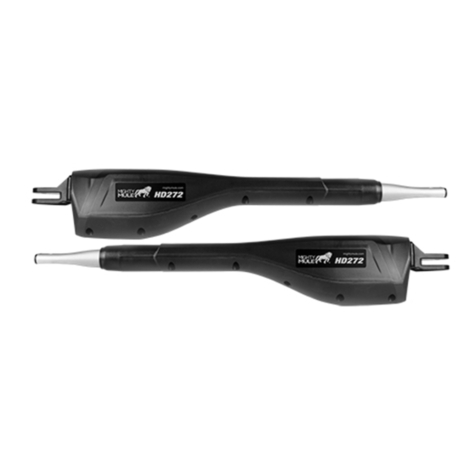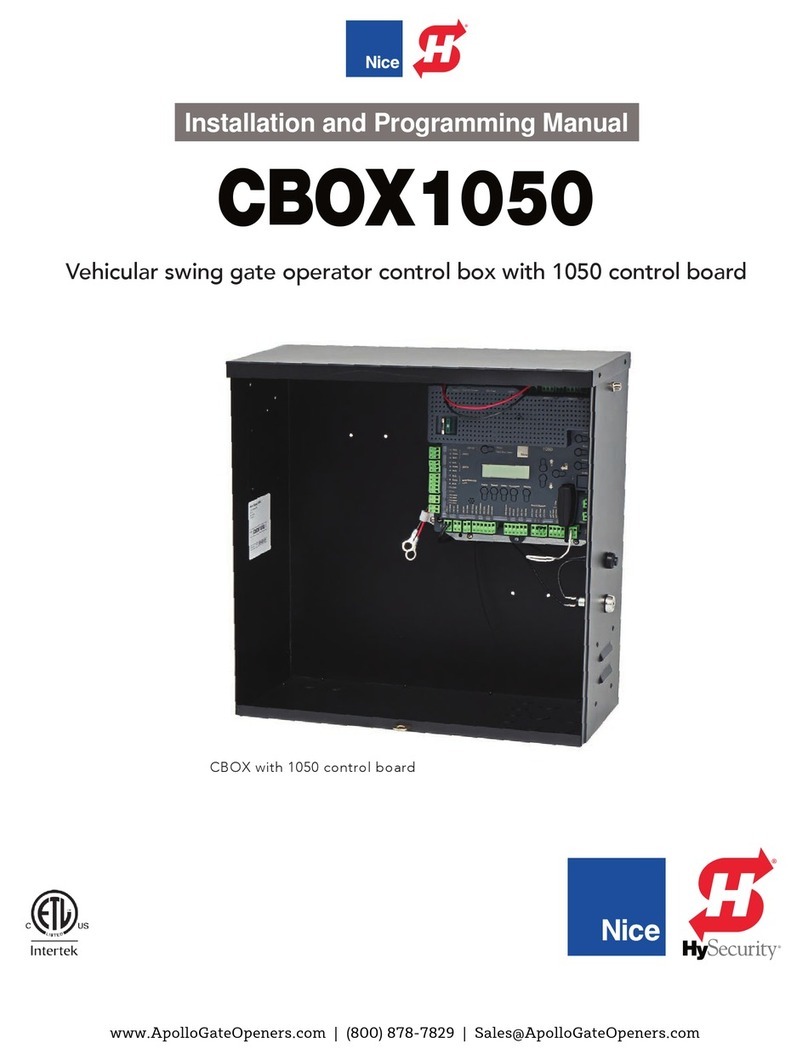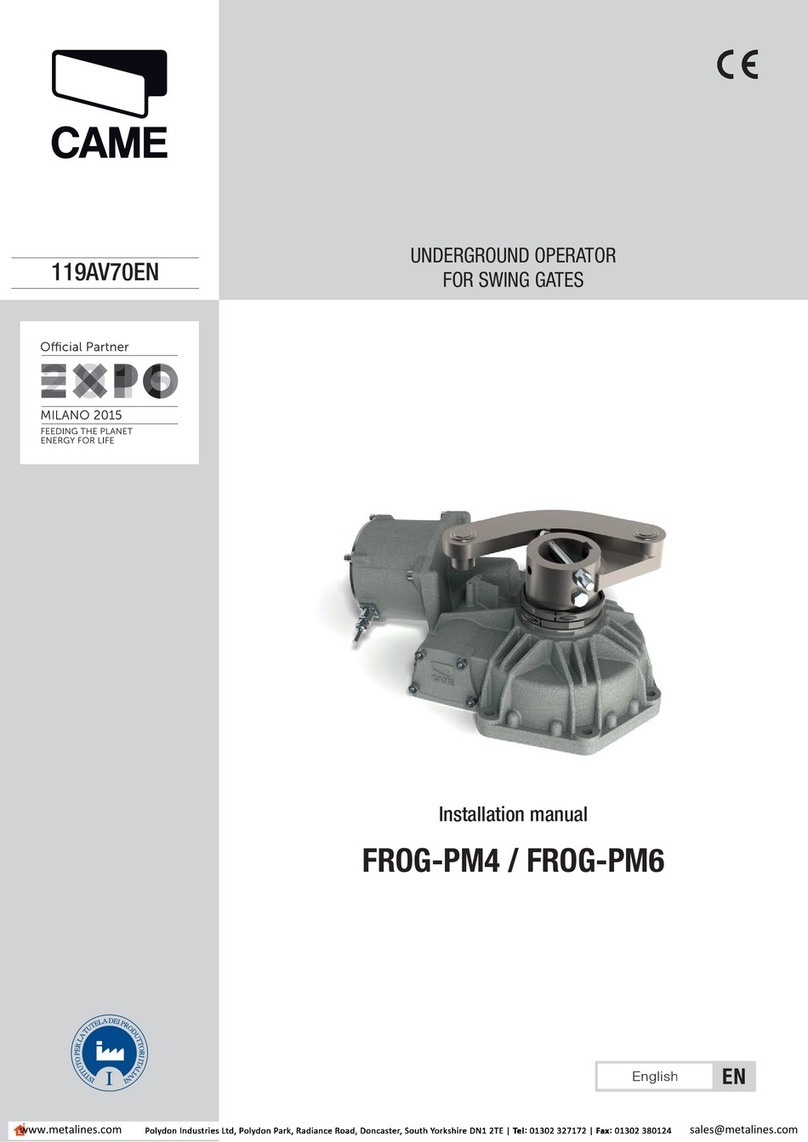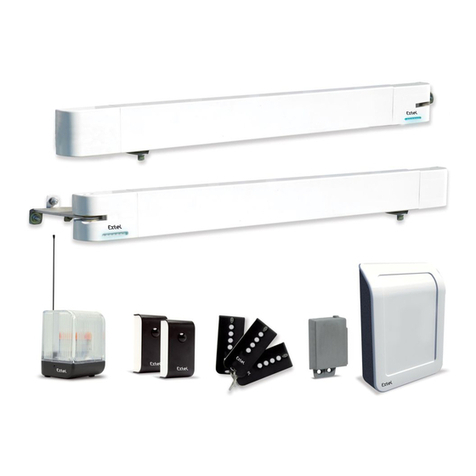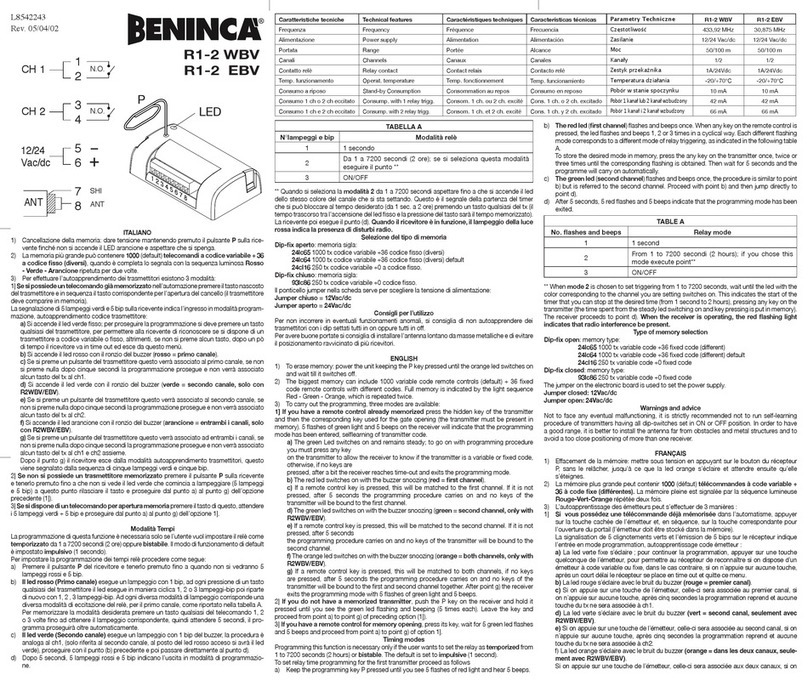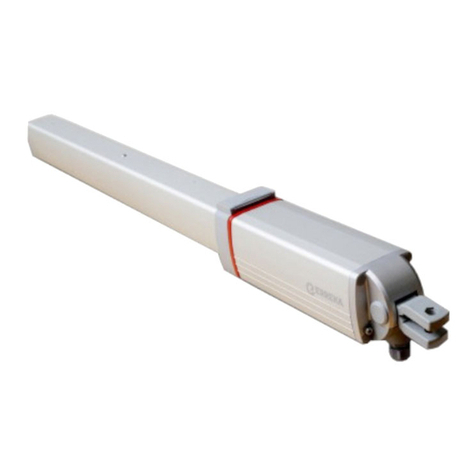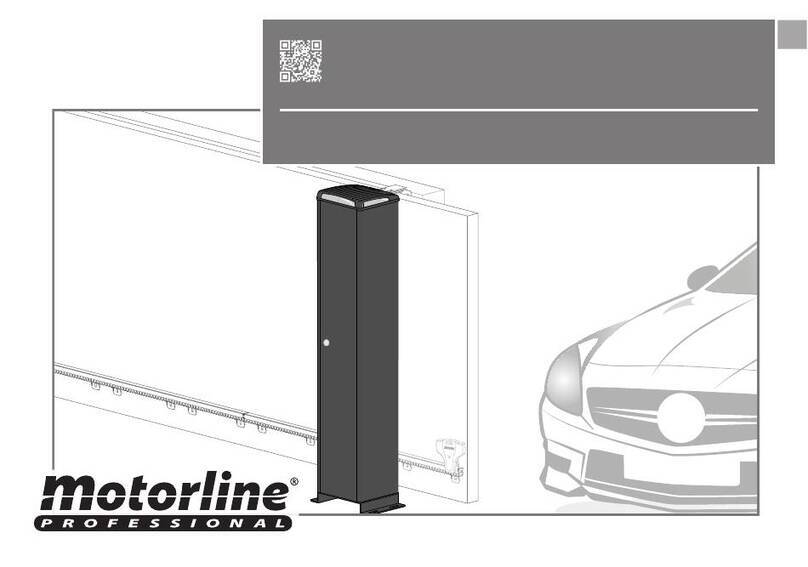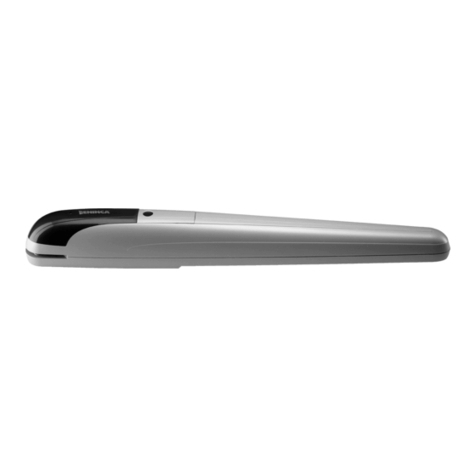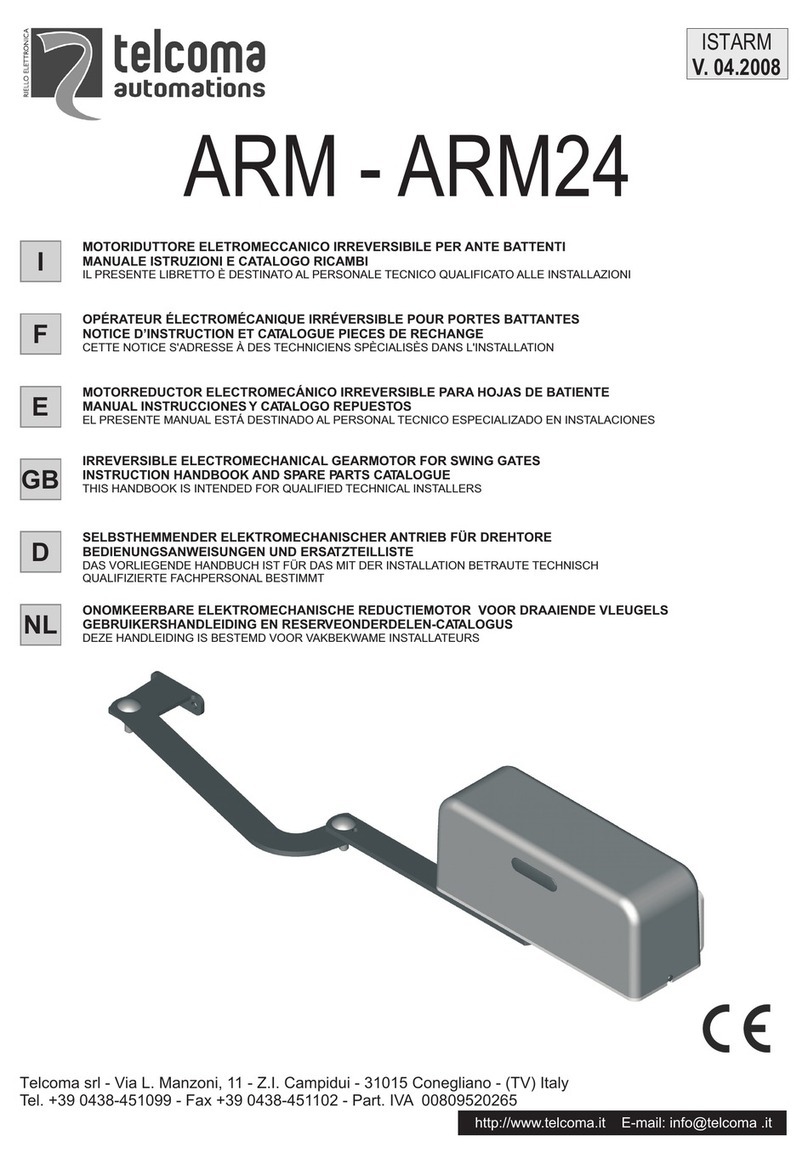
April 2022
Installation, Operation and Maintenance Manual
E-90090007 Rev. 0
1
Section 1: Safety Warning
Safety Warning
Section 1: Safety Warning
All personnel involved should read and understand all applicable sections of this manual
before attempting to install, operate, service, or perform maintenance on any operators.
Adhere to any tags, warning labels, or instructions present on the operator. These may
provide information more specic and signicant regarding the operator than this general
manual can.
It is the responsibility of the user to ensure proper safety. Always take necessary
precautions and utilize proper personal protective equipment when dealing with
compressed air, compressed hydraulic uid, pinch points, and electricity.
It is necessary to rig and lift valve and operator separately. Service personnel needs to
ensure the lifting capacity of the crane/hoist/rigging is appropriate for the desired load.
Block the power gas supply and depressurize the system before attempting to
install or service. Isolate the power gas from controls if the operator is supplied with a
control system.
Caustic gases and uids may be contained in the operators and valves in most applications.
Vent all poisonous or ammable gases and store all liquids in a safe location to prevent
personnel injury. Discharge at sonic velocity may occur when venting or releasing pressure;
service personnel must utilize proper hearing protection.
! CAUTION
Springs are under compression. Do not disassemble any part of the spring cartridge.
The following are general instructions since there are variations of linear operators
and valves. It is critical to install the operator properly so that performance and safety
are guaranteed. Any technicians using the following instructions must be trained and
knowledgeable regarding valve operators and valves.
! CAUTION
Go through the above instructions to help prevent personnel injury, property damage, and
damage to the operator.
Please refer to the applicable section for details and further information.
